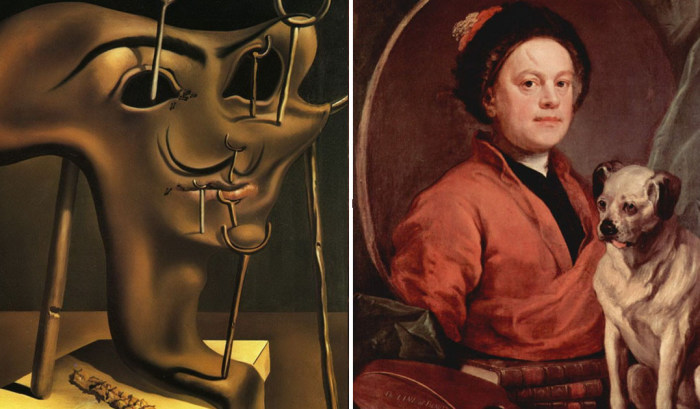development
How Pavel Tretyakov competed with the emperor
 Before the revolution, patronage of the arts was considered not only charitable, but also beneficial for the donor himself, and the point here was not taxes at all. According to the ideas of merchants in the old days, this activity avoided the terrible temptation – the power of money. Most often, wealthy industrialists became patrons of shelters, hospitals, and educational institutions. At first, the partners and competitors laughed at the Tretyakov brothers’ passion for painting, but time, of course, put everything in its place.
Before the revolution, patronage of the arts was considered not only charitable, but also beneficial for the donor himself, and the point here was not taxes at all. According to the ideas of merchants in the old days, this activity avoided the terrible temptation – the power of money. Most often, wealthy industrialists became patrons of shelters, hospitals, and educational institutions. At first, the partners and competitors laughed at the Tretyakov brothers’ passion for painting, but time, of course, put everything in its place.
Pavel and Sergey Tretyakov were the eldest children in a well-known merchant family. Continue reading
10 paintings by great artists
 Before the invention of photography, People kept the memory of various historical events in the paintings. Such paintings often romanticized the struggle or presented various scenes in a distorted form to convey the horror experienced by our ancestors. Here are examples of the darkest and most disturbing paintings, which depict historical atrocities and disasters over the past 450 years. They perfectly reflect the horrors that happened many years ago.
Before the invention of photography, People kept the memory of various historical events in the paintings. Such paintings often romanticized the struggle or presented various scenes in a distorted form to convey the horror experienced by our ancestors. Here are examples of the darkest and most disturbing paintings, which depict historical atrocities and disasters over the past 450 years. They perfectly reflect the horrors that happened many years ago.
1. Beating of infants (c. 1565-1567). Peter Brueghel the Elder
Bruegel, a Flemish Renaissance artist, based the plot of his painting on biblical history. The Jewish king Herod the Great, learning about the birth of a baby who will become the new king of ancient Israel and Judea, ordered to kill all the boys under the age of 2 years. Continue reading
VARIETIES OF FIGURATIVE PAINTING
 In the XVII century, a thematic or story picture was attributed to the high genre (grand genre) and called the genre.
In the XVII century, a thematic or story picture was attributed to the high genre (grand genre) and called the genre.
The high genre included: allegorical, battle, epic, household, historical, mythological and religious genres.
In recent years, in Russia the concept of thematic picture is increasingly replaced by the term figurative.
Figurative began to be called not only the plot composition, but all the works, which depict human figures.
Figurative painting in the allegorical genre Allegorical genre (from Greek. allegoria-allegory) – a genre of fine art, in which a work of art is laid hidden and secret meaning. In this genre, ideas that are difficult to depict (for example, goodness, strength, power, justice, love, etc.) are shown allegorically through images of living beings, animals or human figures with attributes that historically have a symbolic, easy-to-read meaning. Continue reading



